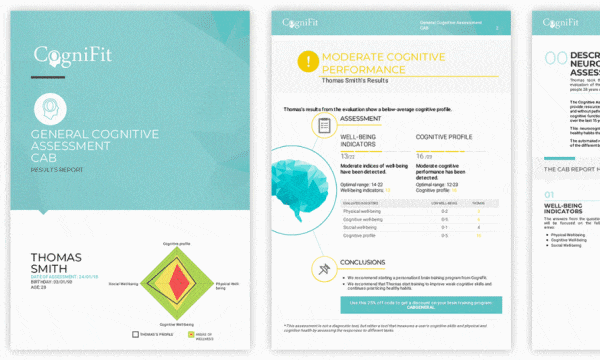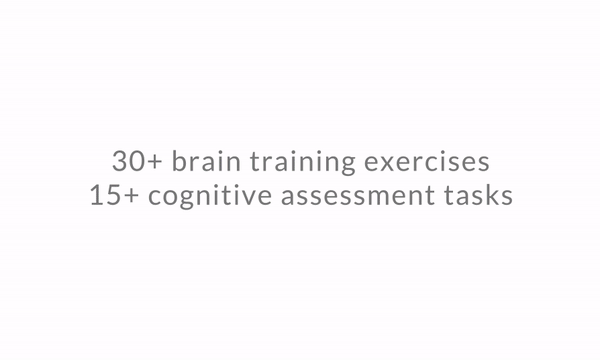
Bystander Effect: A deeper understanding
Everyone has been in a situation where some sort of emergency happens and people close by don’t react. Well, this is called a bystander effect. In this article, we will review what is the bystander effect, how is the situation viewed, the relevance of this effect and tips on how to deal with it.

What is the bystander effect?
According to Kendra Cherry, the elements involved in the bystander effect create a correlation that is little understood by many. The common expression known to many as the bystander effect speaks directly to the abnormality where individuals are less like to aid someone who is
The bystander effect is a social psychological phenomenon in which individuals are less likely to offer help to a victim when other people are present.

Cherry has dug deep into the many explanations that surround this correlation; something that she said encompasses two key influences. The bystander effect holds great prevalence in the field of social psychology as it has provided many findings within research across the field. As this topic is of great interest within the social psychology realm, the relationship between the influences of behavior is profound.
The bystander effect has had many famous cases. Including, Kitty Genovese who was killed violently with at least 38 witnesses but no one did anything until the perp had left the scene. The same goes for the Holocaust which is one of the biggest examples of a bystander effect but on a mass scale.

“The bystander effect is clearly an important basic discovery concerning the social side of life with respect to helping between strangers” (Branscombe & Baron, 2017, p. 305). Notwithstanding the bystander effect is a matchless spectacle that comprises of great information about the correlation surrounding the effect of helping behavior in individuals. Some people choose to help and others simply dismiss the situation altogether, this is where the bystander effect provides the proper reasoning. The diffusion of responsibility is what ultimately plays the most influential role in ones decision to help in a matter. Where other mechanisms such as social and cultural circumstances play in to the overall outcome of a situation entirely.
Notwithstanding the bystander effect is a matchless spectacle that comprises of great information about the correlation surrounding the effect of helping behavior in individuals.
Variables affecting the bystander effect
The Bystander Effect: Diffusion of Responsibility
Diffusion of responsibility is the primary reason as to why the bystander effect is initially around. So the question being posed is what does the diffusion of responsibility indicate?
Basically, individuals choose to not respond to a certain situation based on the fact that other people will most likely take action. “The more bystanders participants believed were present, the lower the percentage of those who made a prosocial response and the longer they waited before responding” (Branscombe & Baron, 2017).
The Bystander Effect: Emergency vs non -emergency
The way in which people ask for help is very important. Asking the bystander for help directly, asking by name, is more likely for the person to help than a general cry for help.
According to Latané and Darley, there are five characteristics of emergencies that affect bystanders:[
- Emergencies involve a threat of harm or actual harm
- Emergencies are unusual and rare
- The type of action differs from situation to situation
- Emergencies cannot be predicted or expected
- Emergencies require immediate action
Due to these five characteristics, bystanders go through cognitive processes and behavioral processes:
- Notice that something is going on
- Interpret the situation as being an emergency
- Degree of responsibility felt
- Form of assistance
- Implement the action choice
The Bystander Effect: Situation Evaluation
The biggest thoughts that run through an individual’s mind is knowing when the appropriate time to help is. By being a bystander in a situation, one must decide when a situation calls for a helping hand and what type of actions are necessary to take.
Any individual can be confronted with a troubling situation which may result in taking a direct approach, knowing about the bystander effect and how it could present a problem is important when engaging in methods to defeat it (Cherry, 2017). This is when one must appropriately evaluate the situation determining what type of action is appropriate depending all on the specific type of condition.

Culture is also something that has a momentous function in whether or not an individual will lend a helping hand or not. “If this person is similar to you with respect to age, nationality, or some other factor, are you more likely to help than you would be if the victim were very different from yourself” (Branscombe & Baron, 2017, p. 309). Due to this representation when bystanders have a connection with the components involved in the situation they will be more privy to intervene as a result.
The Bystander Effect: Ambiguity of the situation
If the emergency situation is
The Bystander Effect: Pluralistic Ignorance
The same idea is also prevalent in pluralistic ignorance where individuals may choose to believe that others are seeing the situation in another
“The tendency for an individual surrounded by a group of strangers to refrain from acting is based on pluralistic ignorance: Because each of the bystanders depends on the others to provide cues for appropriate action, no one does anything” (Branscombe & Baron, 2017, p. 322). The whole premise of this scenario came about with the idea that bystanders who observe a particular instance choose to look at others for their reaction. This is ultimately how people choose their response to any said situation, all by simply looking into the lives of another thinking that others behave in dissimilar ways. In result, this creates for a large effect on an individual helping.
The Bystander Effect and Self-Efficacy
Self-efficacy plays a prominent role when it comes to the aspect of a bystander helping. The social cognitive theory specifically outlines this as it relates directly to observation. Bandura (1986) states that, even though an individual may have the ability to intercede in a situation it may not be enough if the specific individual is lacking self-efficacy.

An individual has to believe in themselves and their abilities to achieve something, and how they deal with this situation is all based on personal discernment. Research has found that the chances of bystanders helping
Tips to Deal with the Bystander Effect
Ways to overcome the bystander effect have to do with a few different components that can play a vital role.
- Observation is one of the most key things that any individual can practice.
- Taking note of what is happening around you will make you more aware, and able to take action if help is needed.
- Watching other people lend a helping hand to someone in need.
- Finally, personal perception is just as an equal contributor to overcoming the bystander effect. When an individual has a good sense of themselves and has a feeling of positivity directed towards them the likeliness that they might help someone in need is increased.
References
Bandura A. (1986). Social foundations of thought and action: A social cognitive theory. Englewood Cliffs, NJ: Prentice Hall.
Branscombe, N. R., Baron, R. A. (2017). Social Psychology. New York, New York: Pearson.
Cherry, K. (2017). What Is the Bystander Effect? Retrieved from https://www.verywell.com/the-bystander-effect-2795899
Krieger, H., Serrano, S., & Neighbors, C. (2017). The role of self-efficacy for bystander helping behaviors in risky alcohol situations. Journal of college student development, 58(3), 451-456.














